Tech Digest, Fall 2021
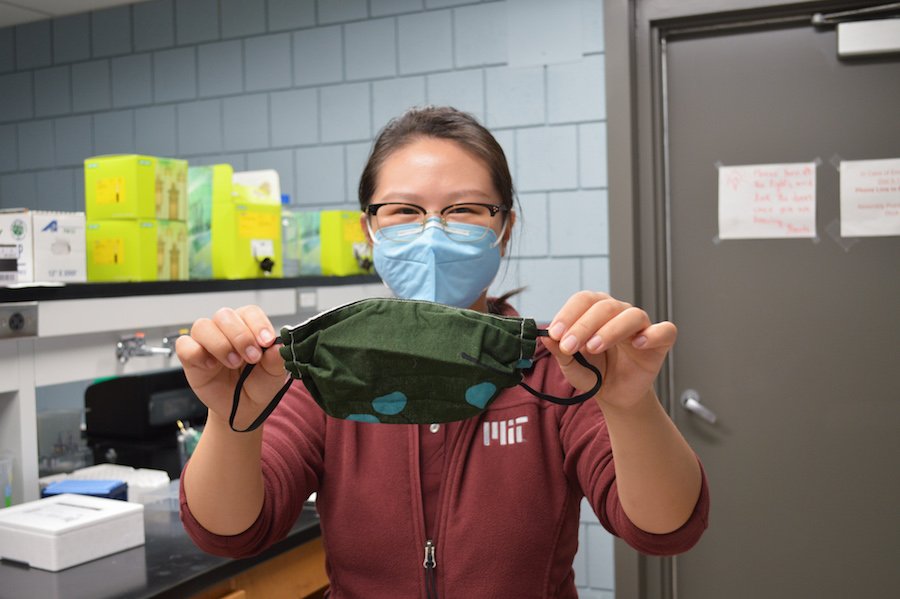
Antiviral mask coating could strengthen protection against COVID-19
With funding from the Centers for Disease Control (CDC), CSE researchers are working on a liquid coating that, when applied to face masks, can remove the COVID-19 virus on contact. The coating is made from natural ingredients and can be easily made at home using a coffee grinder and filter.

New fossil sheds light on the evolution of how dinosaurs breathed
Using an exceptionally preserved fossil from South Africa, a particle accelerator, and high-powered x-rays, an international team including a University of Minnesota researcher has discovered that not all dinosaurs breathed in the same way.

University to host new research center for organ and tissue preservation
The University of Minnesota is one of two institutions in the United States to host a new center established by the Biostasis Research Institute (BRI) aimed at creating human organ banks through the cryogenic storage of organs donated for transplantation.
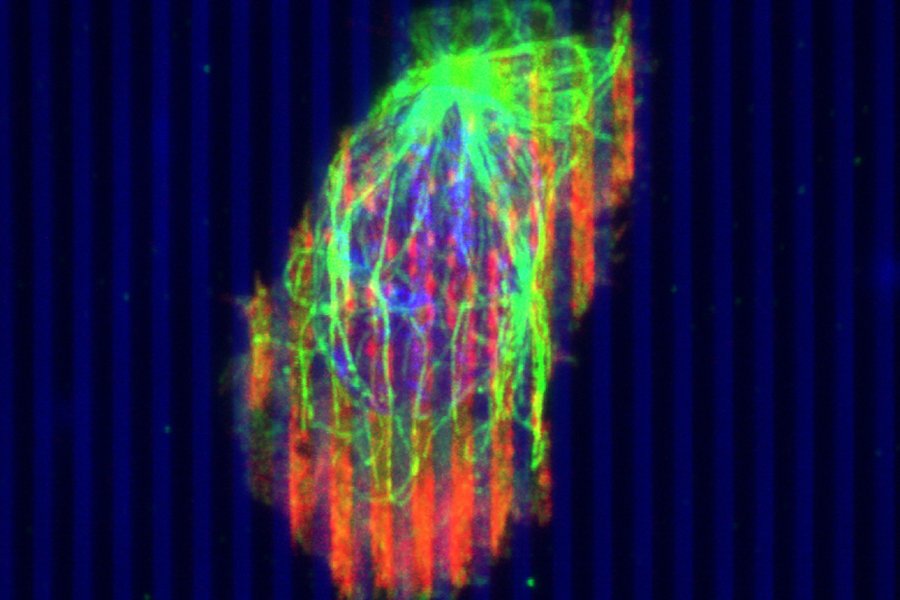
New research optimizes body’s own immune system to fight cancer
A first-of-its-kind study shows how engineered immune cells used in new cancer therapies can overcome physical barriers to allow a patient’s own immune system to fight tumors. The research could improve cancer therapies in the future for millions of people worldwide.
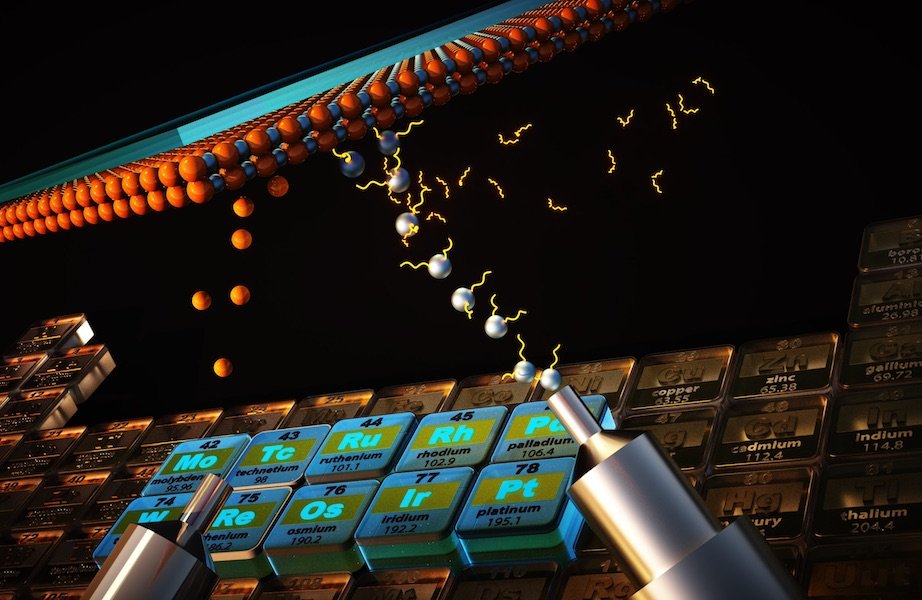
New technology will allow important metals to be made more efficiently
CSE researchers have invented a cheaper, safer, and simpler technology that will allow a “stubborn” group of metals and metal oxides to be made into thin films used in many electronics, computer components, and other applications. The technology has been patented and is receiving interest from industry.

Flaws in quantum materials enhance superconducting properties
In a surprising discovery, an international team of researchers, led by scientists in the University of Minnesota Center for Quantum Materials, found that induced imperfections in the crystal structure of quantum materials can actually improve the material’s superconducting and electrical properties.
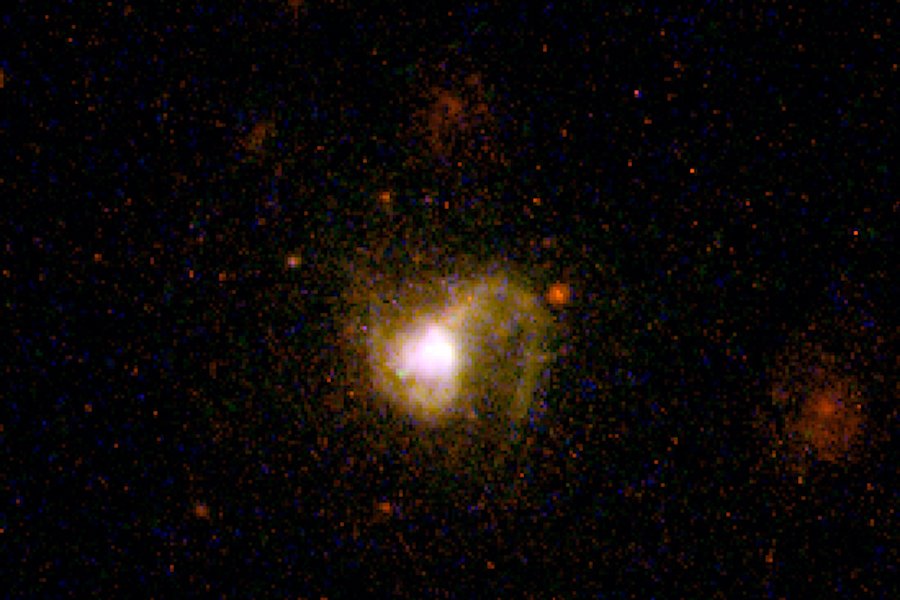
Small galaxies likely played important role in evolution of the Universe
A new study led by University of Minnesota astrophysicists shows that high-energy light from small galaxies may have played a key role in the early evolution of the Universe. The research gives insight into how the Universe became reionized, a problem that astronomers have been trying to solve for years.

University of Minnesota is part of $25M AI-based climate modeling center
CSE researchers are part of a new $25 million NSF-funded center that will leverage big data and machine learning to bring greater precision to climate modeling. It will also train a new wave of students fluent in both climate science and working with big datasets.
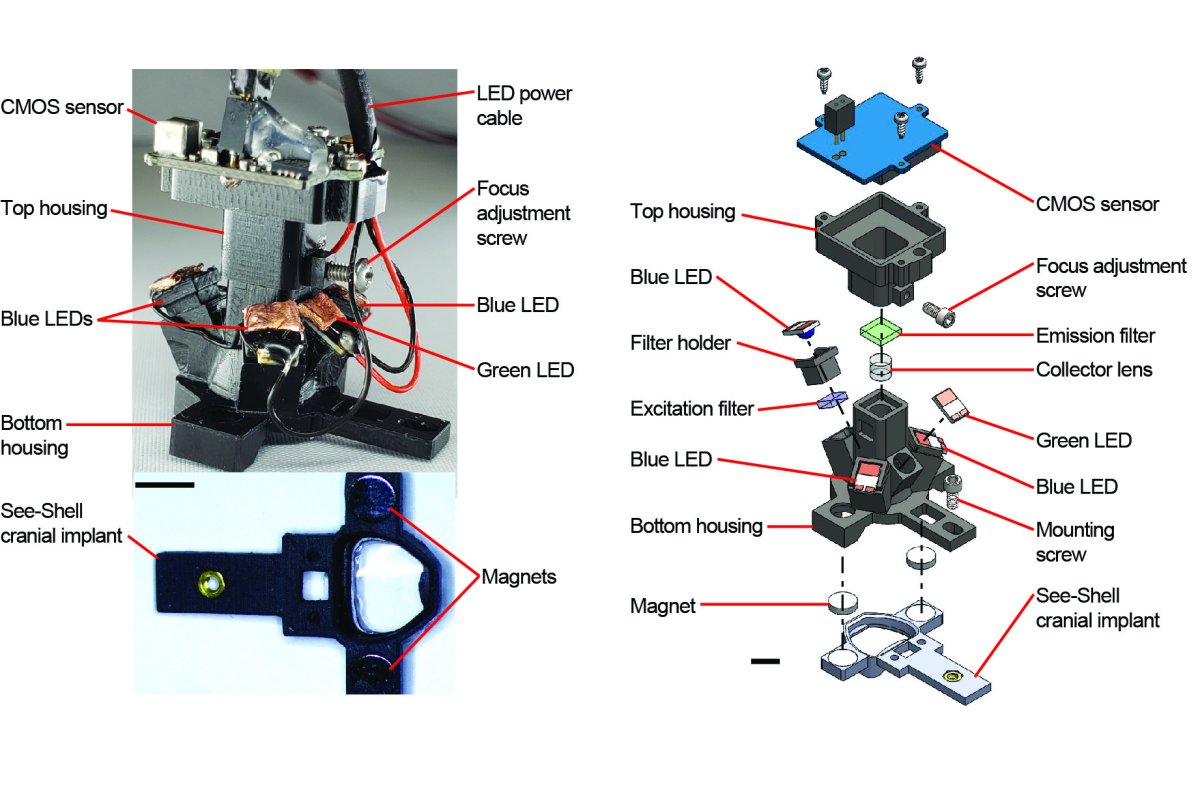
Unique mini-microscope provides insight into complex brain functions
University researchers have developed a unique head-mounted mini-microscope device that allows them to image complex brain functions of freely moving mice in real time over a period of more than 300 days. The groundbreaking study provides new insight into fundamental research that could improve human brain conditions.

Researchers and citizen scientists complete first-ever Weddell seal count
A research team led by the University of Minnesota Twin Cities, along with more than 330,000 international volunteer citizen scientists, used hundreds of high-resolution satellite images covering huge areas of Antarctica to complete a first-ever global population estimate of Weddell seals in Antarctica.

University of Minnesota part of $15M Great Lakes innovation hub
The University of Minnesota will play a key role in a new National Science Foundation (NSF) Great Lakes Innovation Corps (I-Corps) Hub that will nurture a regional innovation ecosystem and move more discoveries from the research lab to the real world.
